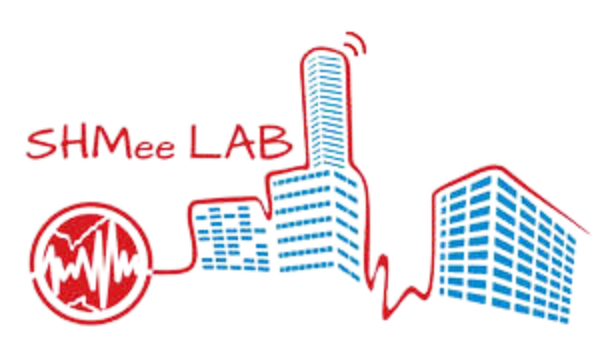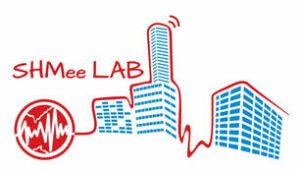Our research is focused on:
(i) Structural Health Monitoring (SHM), with applications of vibration-based methods and smart sensing technologies
(ii) Non destructive testing and evaluation
(iii) Structural control
(iv) Earthquake protection of civil structures.
MOVA-MOSS: Software solutions for comprehensive vibration-based SHM
MOVA and MOSS represent two software solutions for the integral SHM of structures. Originally developed in MATLAB environmental, C++ standalone versions have been recently developed. MOVA is a software for Operational Modal Analysis, and includes multiple system identification techniques such as FDD, DATA-SSI, COV-SSI, p-LSCF, ERA and blind source separation. An intuitive graphical user interface allows for animating complex mode shapes, stabilization diagrams, clustering analysis, along with diverse data and graphics export options. On the other hand, MOSS is a software for automated OMA and damage detection for SHM. The code allows for automatically managing data recordings of ambient vibrations and environmental variables. In addition, the code includes multiple regressive models for conducting damage identification, as well as a package of surrogate modeling.

Self-sensing RC structures with nanomodified cementitious composites
The Research concerns the development of a strain-sensitive Nano-modified Cementitious Sensors and Structures for applications in permanent structural health monitoring (SHM) systems. SHM systems are becoming essential to identify possible incipient damages and structural issues, particularly important for the safety of the users both in service conditions and after critical events, to increase safety and minimize maintenance costs of strategic structures and infrastructures. Recent advances in the field of nanotechnologies show a promise towards the development of strain-sensitive cementitious materials and special coatings.
A. D’Alessandro, F. Ubertini, E. García-Macías, R. Castro-Triguero, A. Downey, S. Laflamme, A. Meoni, A. L. Materazzi, Static and Dynamic Strain Monitoring of Reinforced Concrete Components through Embedded Carbon Nanotube Cement-Based Sensors, Shock and Vibration, Volume 2017 (2017), Article ID 3648403, 11 pages.

Smart brick
The research is aimed to propose and develop the radically new "smart clay brick", that is, a piezoresistive nanocomposite clay brick able to sense its internal state of strain. This technology has the potential of providing an effective innovative solution for SHM of masonry structures, overcoming the limits of existing sensing solutions. The vision is that of inserting a few smart bricks at critical locations inside the structure, so as to carry out the following tasks: (i) monitoring the state of stress in the masonry, (ii) detecting active failure mechanisms caused by an earthquake or other exceptional loading events and (iii) carrying out vibration-based monitoring.
Meoni A., D’Alessandro A., Cavalagli N., Gioffré M., Ubertini, F., Shaking table tests on a masonry building monitored using smart bricks: damage detection and localization (2019) Earthquake Engineering and Structural Dynamics, 1–19, https://doi.org/10.1002/eqe.3166.

Micro-mechanical modeling of nano-composites
Electromechanical modelling of composite materials doped with Carbon NanoTubes (CNTs). The research is aimed at devising efficient theoretical approaches capable of shedding some light into the physical mechanisms underlying the behavior of these composites and, as a result, assisting the design of smart and high-performance CNT-based composites. More recently, a new line of research on the application of Seismic Interferometry for the monitoring of large scale structures has been opened. This approach consists of considering the dynamic response of structures as a set of moving waves. In such a way, it is possible to develop damage identification systems based on the automated detection of delays in the identified wave velocities.
García-Macías E., D'Alessandro A., Castro-Triguero R., Pérez-Mira D., Ubertini F., Micromechanics modeling of the uniaxial strain-sensing property of carbon nanotube cement-matrix composites for SHM applications (2017) Composite Structures, 163, pp. 195-215.



